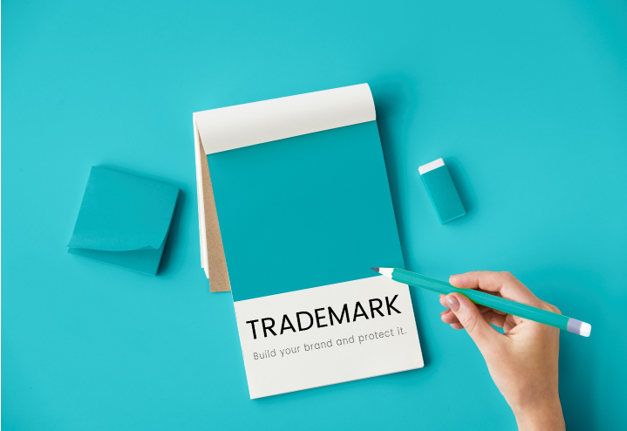Brands popularly use trademarks to protect identifiers of their businesses, such as logos, catchphrases, and names. Once an element is protected under a trademark, competitors are prevented from using identical or similar elements in the same business.
Now, as with almost every legal principle, there is an exception to this rule. For example, in some situations, unauthorised use of a registered trademark would not be considered an infringement. One such situation is where unauthorised use is deemed ‘fair use.’
What is Trademark Fair Use?
Trademark fair use is the principle that the ownership of a trademark does not prevent others from using the trademarked word/symbol within its plain and ordinary meaning. To understand this principle better, consider some trademarks based on words and symbols commonly used in communication. An example of such a trademark would be ‘Apple.’ While Apple is undoubtedly a trademark of the company Apple Inc, it also refers to a popular fruit.
Thus, using the word ‘apple’ by a competitor of Apple Inc would not be an infringement if it is in the context of the word’s ordinary meaning.
Categories of Trademark Fair Use
There are two classes of trademark fair use: descriptive and normative.
- Descriptive Fair Use
This category refers to a situation where one party uses another’s trademark to describe their products or services. This typically occurs when the trademark in question has a descriptive meaning removed from its use as a trademark. For instance, in one case, Pinstrip Inc used the word ‘pin’ to describe a feature that allowed you to pin locations on a map even though the word was a registered trademark of Pinterest Inc. However, the court decided that the trademark was used in a descriptive sense and was therefore fair use.
- Normative Fair Use
This is the use of another party’s trademark to refer to the goods and services of that party. Normative fair use can occur when comparing products or indicating some fact about a product. For instance, a repair shop indicating that it repairs ‘Toyota cars’ may not be considered an infringement of the trademark ‘Toyota.’
In conclusion, the fair use doctrine of trademarks is necessary to ensure necessary, reasonable and good-faith uses of trademarked words/symbols are not indiscriminately regarded as infringements.

